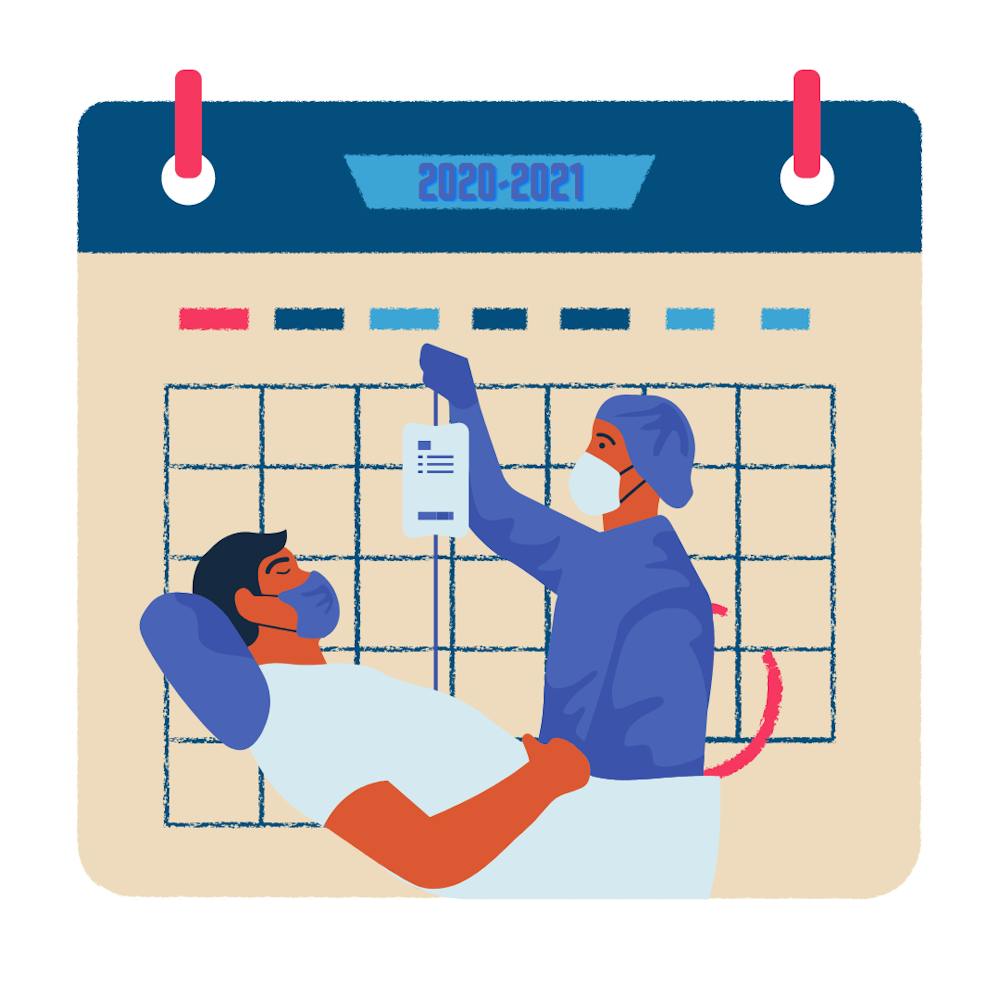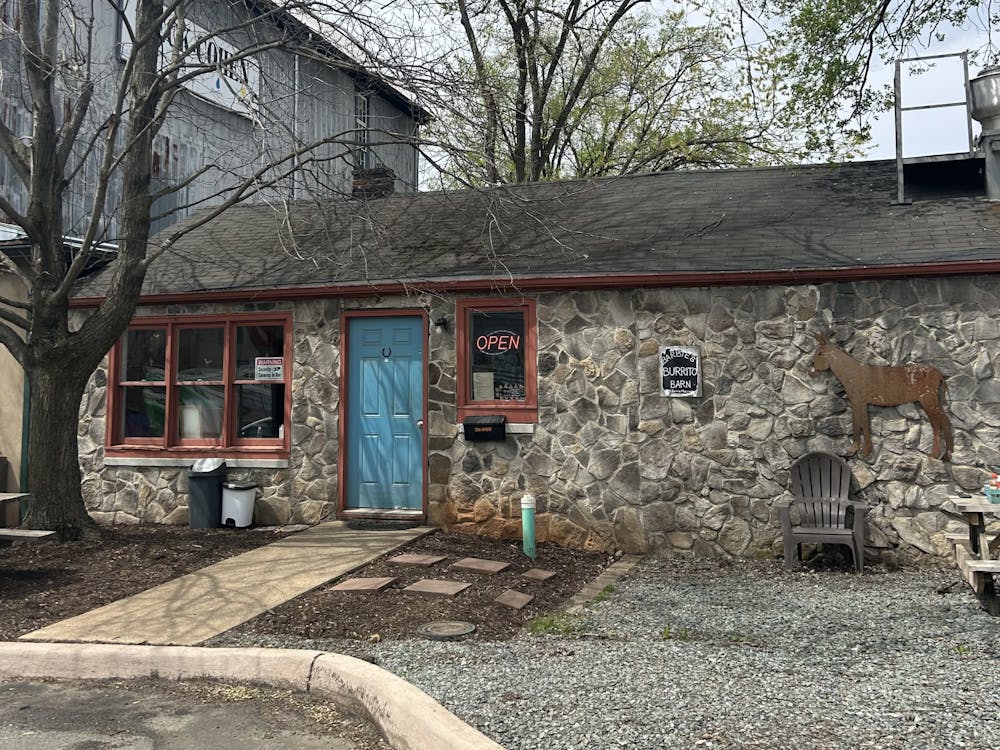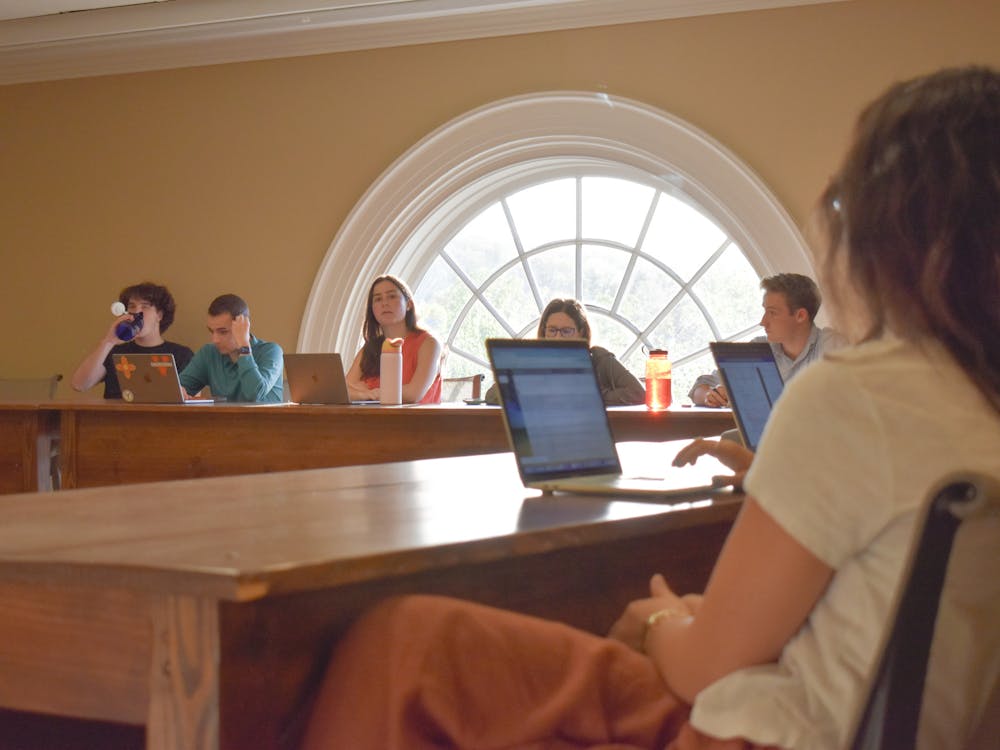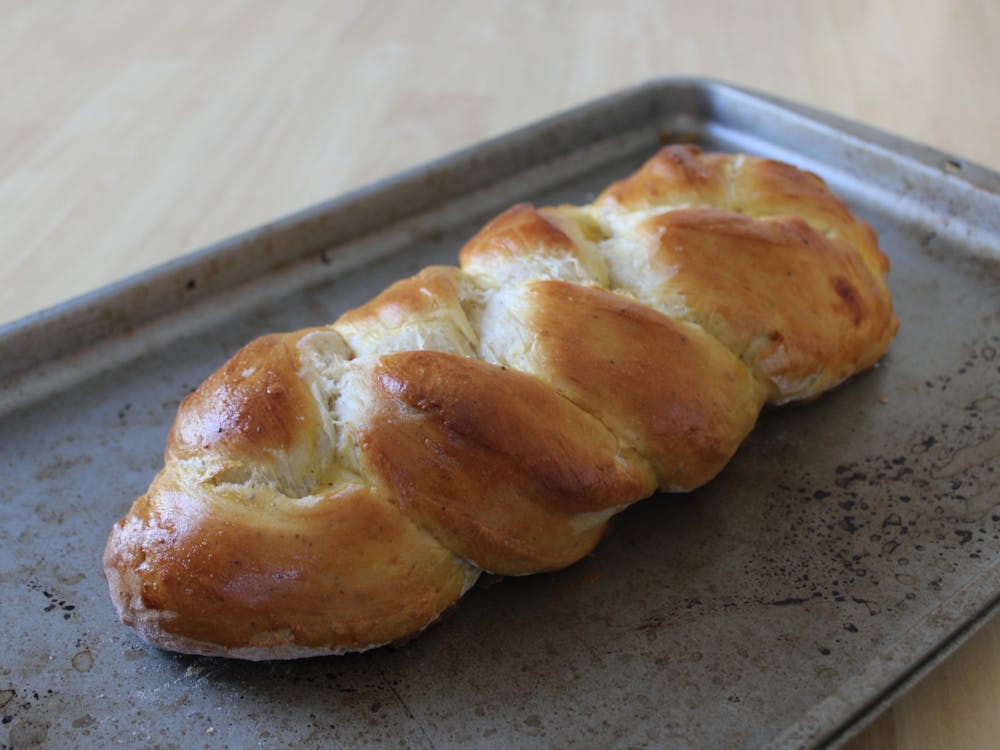As COVID-19 cases continue to surge, the U.Va. Hospital was able to maintain a .01 percent positivity rate out of the 10,866 tests administered to students. But despite the low number of positive cases, the need for patient care of the 141 active cases that continue to grow puts an increasingly large toll on hospital workers — U.Va. Hospital staff report unprecedented levels of stress and exhaustion that have only continued to build.
“Our staff is unbelievably exhausted,” TJ Lovdal, critical care registered nurse and president-elect of the hospital’s Professional Nursing Staff Organization, said. “We felt at first like this was a sprint, and then we realized it was going to be a little bit more like a marathon. And now it's like ... at least a marathon you know when the end is, and you were able to train for it, and you were ready for it and you knew what you were getting into.”
The hospital’s mandatory overtime requirement — instituted because of the rising cases of COVID-19 — has led to even greater exhaustion among hospital staff, and has required many of the hospital’s nurses and nursing assistants to move to units other than their home unit. Nurses who work primarily in pediatrics or in the emergency department, for example, are now often required to float to units that are outside of their specialty, including COVID-19 units.
Patient care technician Julie Brylawski explains that the unfamiliarity of these new units proves especially challenging for nurses and nursing assistants.
“It's difficult for people going outside their specialty with patient populations and colleagues that they might not be familiar with, whom they might not know at all,” Brylawski said. “And I'd say it's even more of a difference from many people's home sites when they end up on a COVID unit, which ... most of us are required to.”
Effects of the hospital’s no-visitor policy — established Jan. 13 due to the recent surges in cases nationwide — weigh heavily on the hearts of hospital staff. Brylawski highlighted the emotional impact that such isolation has had on hospital patients.
“It used to be one [visitor], and then it was two but they couldn't be there at the same time and now they can't have visitors,” Brylawski said. “Especially for older patients who aren't sitting there on a cell phone the whole time, it's really lonely.”
Aside from added loneliness, the limits on visitor numbers have made patient deaths even more heartbreaking for their families and more emotionally taxing for hospital staff. Lovdal recalls an especially difficult moment when she was tasked with caring for a terminally ill COVID-19 patient who had asked to forgo a ventilator.
“I remember the attending physician going into the room … and [saying] to the patient, ‘Sir, have you said everything to your loved ones that you want to say?’” Lovdal said. “Tears just started streaming from my eyes. It just felt so real because not only is COVID-19 horrible and killing people who would not have died otherwise, but they can't have their people with them, and that has been one of the hardest things for us to see as healthcare providers.”
Amid such emotional experiences, empathy for patients has been hugely important for University hospital workers. A patient care technician and nursing student — who has asked to remain anonymous in order to prevent interference with work — recalls a difficult moment with a distressed patient when deep compassion was needed.
“[The patient] was labeled to me as someone who was going to demand more attention,” the technician said. “I was warned. But I tried very hard to be patient with her and kind … At one point — I was appropriately gowned and everything — I could just tell she needed a hug. And I asked, ‘Would you like a hug?’ She was sobbing, and she said ‘Yes.’”
The patient care technician noted that hospital workers beginning to be vaccinated offers a possible glimmer of hope for more bearable working conditions.
“I did get the vaccine, and that does make me feel safer,” the patient care technician said. “Though functionally it changes nothing.”
Behind the doors of the hospital’s COVID-19 units, the gravity of such emotional difficulties facing hospital workers continue to rage on. As a reminder to help slow the spread of the virus, Lovdal encourages community members to imagine themselves in the position of a family member of someone hospitalized with COVID-19.
“Think of how [it] would affect you if you were in that patient's shoes or that family member's shoes,” Lovdal said. “That might encourage people to say ‘Yeah, it's worth it to be a little uncomfortable in a mask.’ ‘Yeah, it's worth it to not go to that bar or that concert or to that family get-together, because I could be saving someone's life.’”
Additionally, despite the mental and emotional strain that healthcare workers have experienced, the technician emphasized that it is still absolutely essential that people seek proper medical care if they are feeling sick.
“I know a lot of people are scared of the hospital, but I would also ask if you or someone you love needs medical care … come get it, because we're also seeing that people are waiting and waiting and waiting, and they are so much worse off than if they had come in for care when they should have,” the technician said. “We're here for you. We're exhausted, but this is what we want to do every day. Otherwise we wouldn't be here.”





